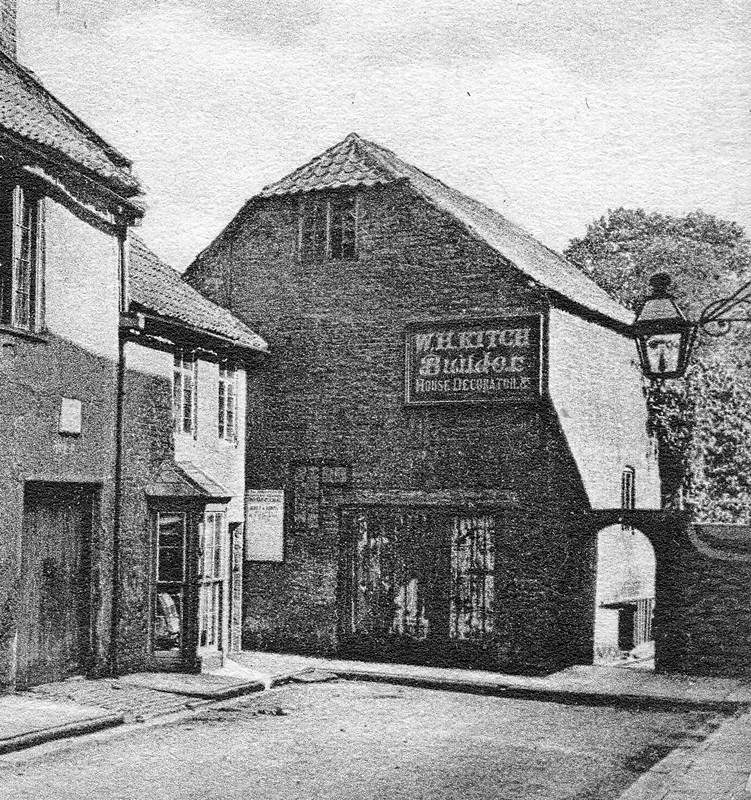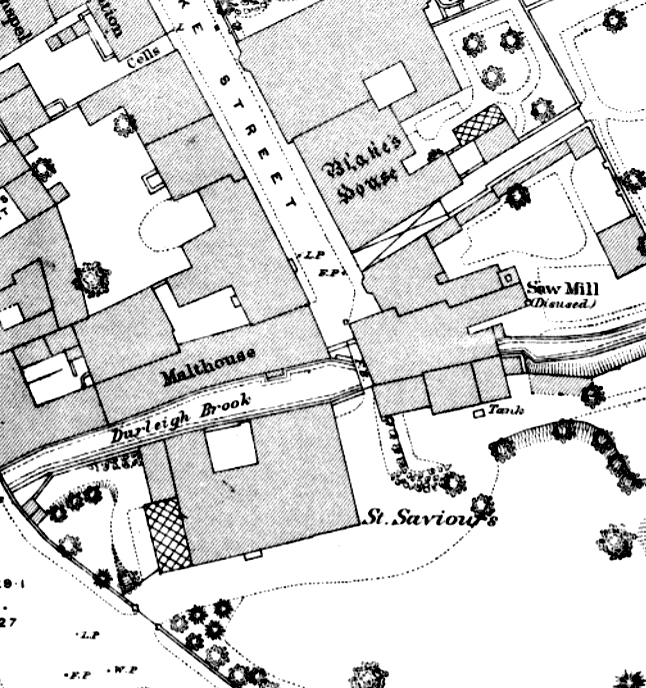
A mill, a place for grinding grain into flour, was recorded in Bridgwater in the Domesday Survey of the late eleventh century. As there is evidence that the Durleigh Brook, which fed the water mill at the bottom of Blake Street, was diverted at an early date before the establishment of Bridgwater as a town, then this mill site, assuming that it had not moved, is likely to have been the one recorded.
This was first recording of the Lytil Mill was in 1361. The designation of the mill as little would imply other larger mills in the area of which there is evidence for several. As well as the South Mill in Hamp, there was certainly a horse mill within the Castle and a tidal mill in Eastover near the ‘great dam’, roughly where Watson’s Lane is now. There were also windmills outside of the town in various villages.
Blake Street was formally known as Mill Lane before it was changed to honour Bridgwater’s most famous son. Dampiet Street nearby gets its name referring to the Dam of the mill, so it essentially means ‘the way to the mill’. The Dam would have raised the water level of the Durleigh Brook, which made water fall over the wheel instead of under it, which provided much more power.

In the early seventeenth century the Lytil Mill became known as the Town or Bridgwater Mill, suggesting that by that time it had become the only one of importance in the town. By the mid nineteenth century it was no longer used for milling, but instead used as a sawmill. In the twentieth century it was used as a builder’s store, before it was bought for the Blake Museum in 1988. However before it could be converted it was largely destroyed by fire in 1995.
More can be read here.
References:
Lawrence & Lawrence, A History of Bridgwater (Phillimore, Chichester, 2005)
Dunning, Bridgwater History and Guide (Sutton, Stroud, 1992)
